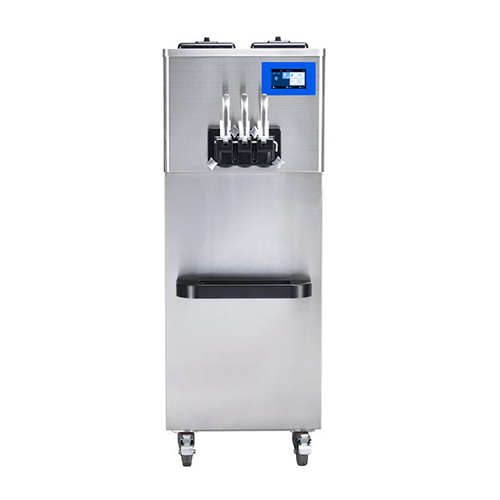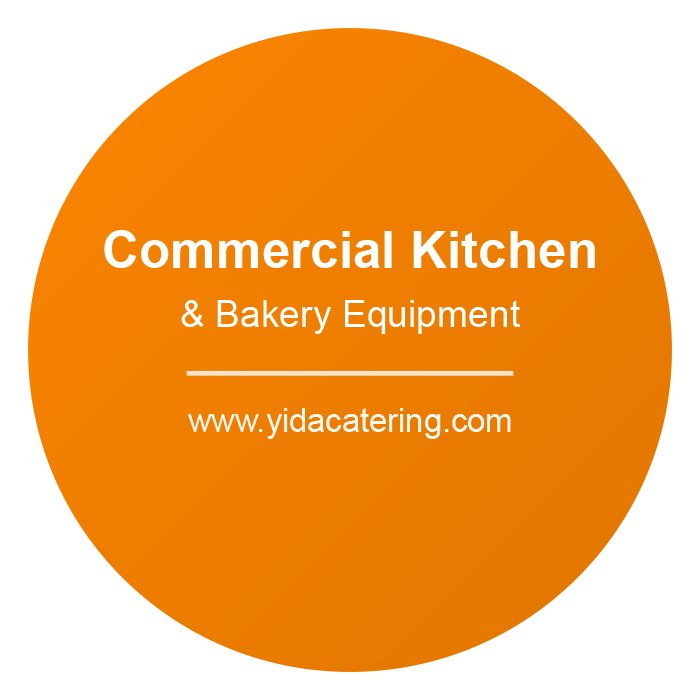
In the world of commercial soft serve ice cream machines, two primary systems stand out: pressure-fed and gravity-fed. Each system offers unique advantages and considerations that can significantly impact your ice cream business’s efficiency, product quality, and operational costs. This article aims to provide a comprehensive comparison between these two systems to help you make an informed decision.
Gravity-Fed Ice Cream Machines
Gravity-fed machines are known for their simplicity and ease of use. The installation and cleaning processes are straightforward, making them an attractive choice for businesses looking to minimize maintenance efforts. Additionally, the initial purchase cost of gravity-fed machines tends to be lower compared to their pressure-fed counterparts.
The operational principle of gravity-fed machines is relatively simple. The mix flows into the freezing cylinder by gravity, which eliminates the need for additional components like pumps. This simplicity translates to fewer parts that could potentially malfunction, thereby reducing maintenance concerns.
Pressure-Fed Ice Cream Machines
On the other hand, pressure-fed machines, often referred to as pump-fed, incorporate a more complex system. This complexity comes from the inclusion of a pump-fed system, which requires more detailed installation and cleaning procedures. However, this complexity brings with it significant benefits.
One of the key advantages of pressure-fed machines is their ability to achieve a higher ice cream overrun. Overrun refers to the amount of air incorporated into the ice cream during the freezing process. A higher overrun means that less ice cream mix is needed for each serving, which can lead to cost savings over time. Additionally, the increased air content results in a softer texture and smoother mouthfeel, qualities that are often highly desired by consumers.
Choosing the Right Machine for Your Business
When deciding between a gravity-fed and a pressure-fed ice cream machine, consider your business’s specific needs and priorities. If ease of maintenance and lower upfront costs are your main concerns, a gravity-fed machine may be the ideal choice. However, if you prioritize product quality and potential cost savings in the long run, investing in a pressure-fed machine could be more beneficial.
Commercial soft serve ice cream machines come in various models with capacities ranging from 20L/h to 50L/h, offering flexibility for different business sizes. Many models feature two mix hoppers and three flavors, providing versatility in menu offerings. Additionally, floor models with wheels ensure mobility and ease of placement within your establishment.
Conclusion
Both gravity-fed and pressure-fed commercial soft serve ice cream machines have their own set of benefits tailored to different operational needs. By understanding these differences, you can select a machine that aligns with your business goals, ensuring high-quality product delivery and efficient operations.

